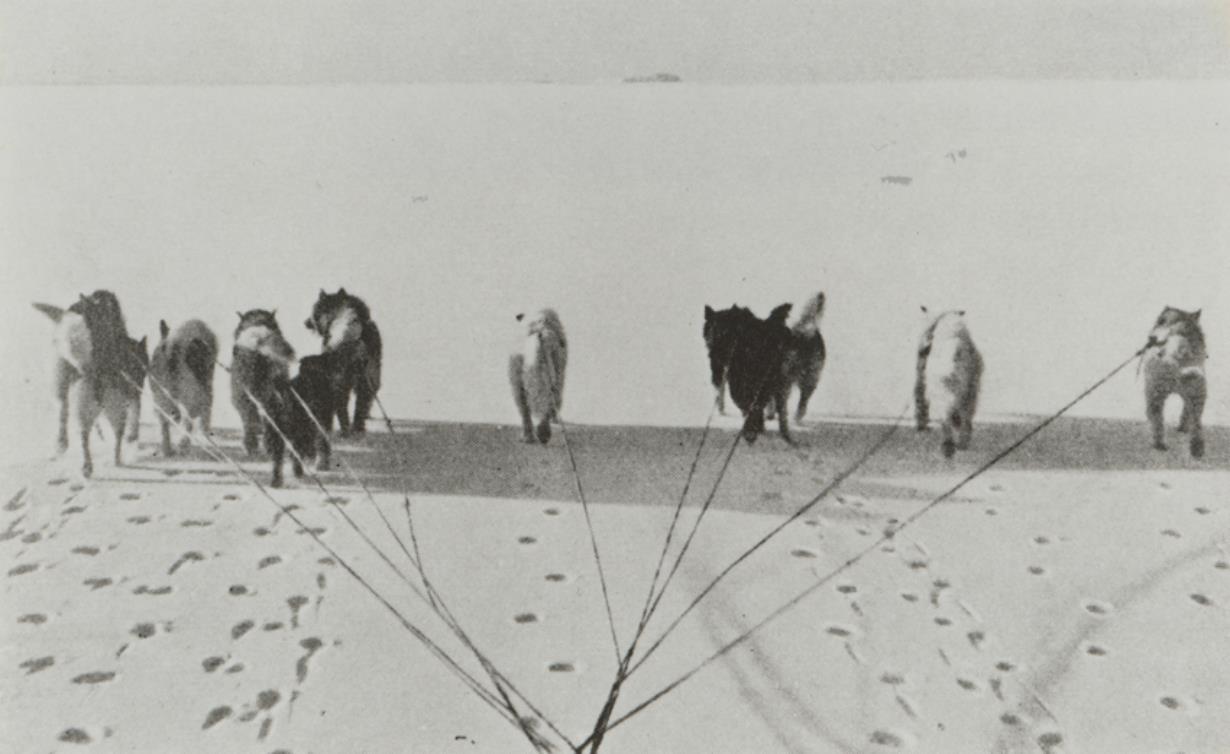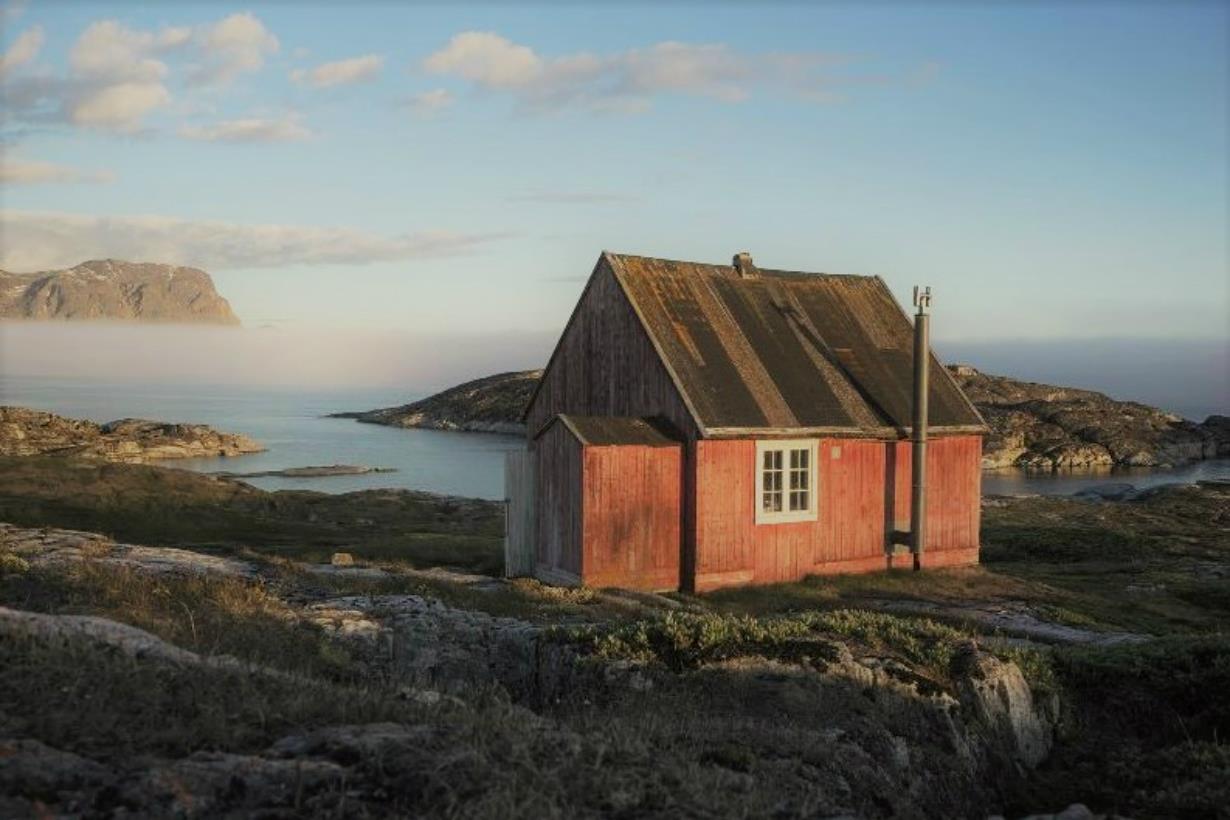The Thule culture – hunting and transport
In the Old House you will also find an exhibition on the hunting and transport equipment of the Thule culture. The present-day Greenlandic population are direct descendants of the Thule people who migrated to North Greenland from Alaska and Canada around AD 1200. Contrary to the earlier Saqqaq and Dorset cultures, the Thule culture commanded a technology that made them less vulnerable to movements and variations of marine and other animals. Umiaq (womens rowing boat), kayak and dog sledge made it possible for the Thule people to move according to hunting possibilities and to transport the catch home across large distances. The exhibition includes a fully equipped West Greenlandic dog sledge and hunting gear.

Our World Heritage
Heritage is our legacy from the past, what we live with today, and what we pass on to future generations. Our collective cultural and natural heritage are irreplaceable sources of life and inspiration.
The UNESCO World Heritage Site Aasivissuit - Nipisat is presented in the Old House. The World Heritage property of Aasivissuit – Nipisat is located above the Arctic Circle in central West Greenland. The land and its people tell a story that spans over 4,200 years of history. Aasivissuit – Nipisat possesses the remains of paleo-Inuit camps, Inuit winter houses, caribou hunting drives, colonial ruins and even ancient children’s playgrounds. It includes seven Key Sites, stretching from the island of Nipisat on the coast to the remote caribou hunting camp of Aasivissuit “The Great Summer Camp” near the Inland Ice. The area has many stories to tell about how Inuit Greenlanders live, both today and in the past.








